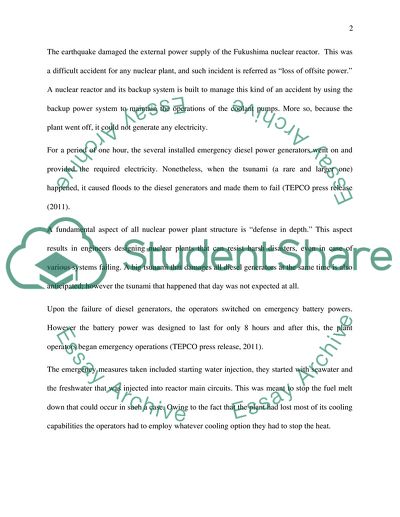Cite this document
(“Japanese Earthquake and Tsunami: Fukushima Research Paper”, n.d.)
Japanese Earthquake and Tsunami: Fukushima Research Paper. Retrieved from https://studentshare.org/environmental-studies/1756782-safety-cases-nuclear-industry
Japanese Earthquake and Tsunami: Fukushima Research Paper. Retrieved from https://studentshare.org/environmental-studies/1756782-safety-cases-nuclear-industry
(Japanese Earthquake and Tsunami: Fukushima Research Paper)
Japanese Earthquake and Tsunami: Fukushima Research Paper. https://studentshare.org/environmental-studies/1756782-safety-cases-nuclear-industry.
Japanese Earthquake and Tsunami: Fukushima Research Paper. https://studentshare.org/environmental-studies/1756782-safety-cases-nuclear-industry.
“Japanese Earthquake and Tsunami: Fukushima Research Paper”, n.d. https://studentshare.org/environmental-studies/1756782-safety-cases-nuclear-industry.


